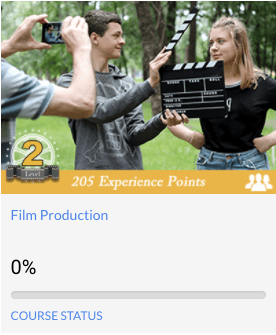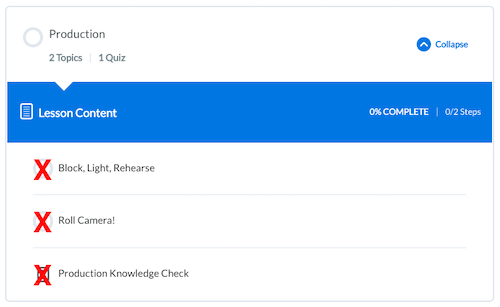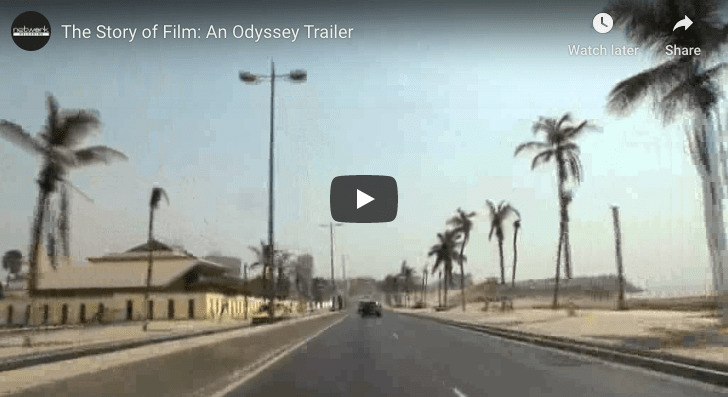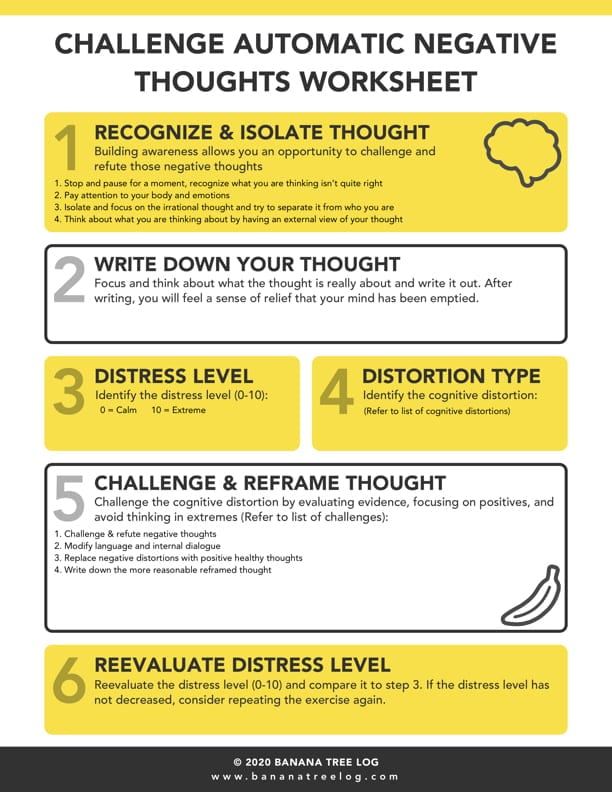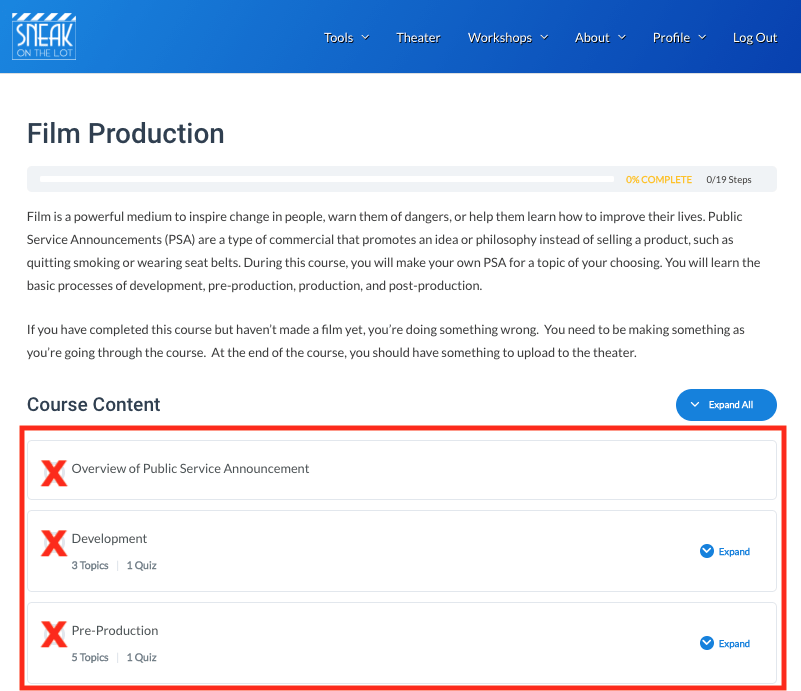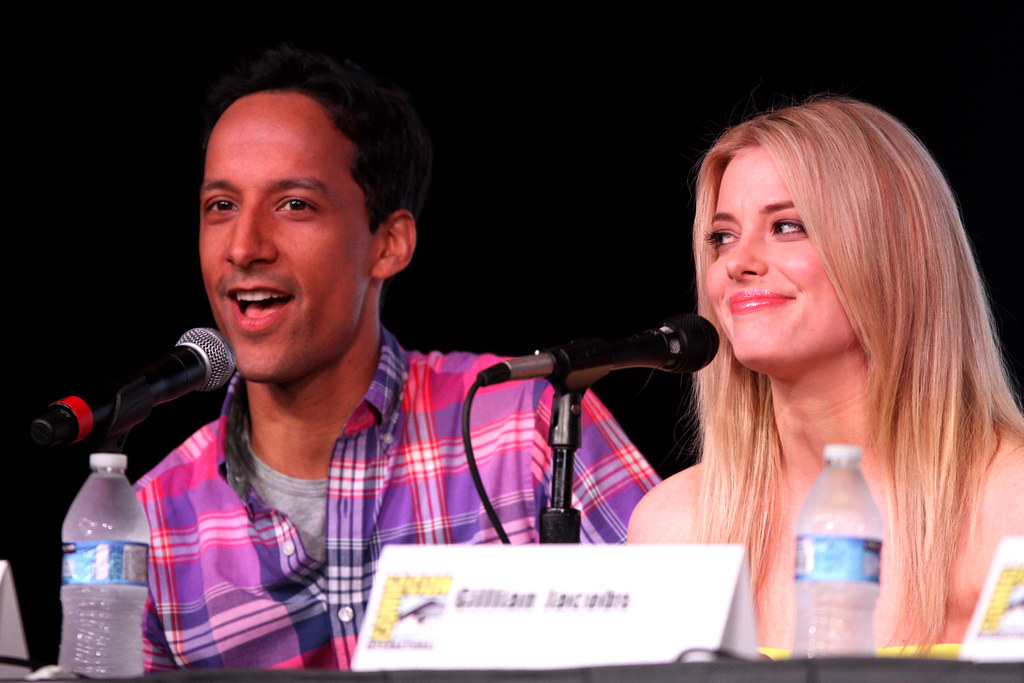| TOPIC | YOUR NOTES |
| 1. Who is the protagonist? (in my opinion, but the antagonist and protagonist could switch depending on how you look at it) | Alfred Borden |
| 2. Who is the antagonist? | Robert Angier |
| 3. What is the conflict? | Rival magicians. Angier is trying to steal Borden’s tricks after Borden accidentally caused Angier’s wife’s death. |
| 4. What is the theme or central, unifying concept? (summarize in one or two words) | Building revenge |
| 5. How is the story told (linear, with flashbacks, flash-forwards, at regular intervals) | Non-linear, flashback heavy, but also jumping around in when we are in the flashbacks |
| 6. What “happens” in the plot (Brief description)? | two magicians assistance tie up the third magicians assistance, one of them tie’s a not that is more difficult to get out of and unintentionally kills the magicians assistant after she is put in water. Angeir one of the assistance try’s to ruin Borden’s career by stealing his acts. But we start of with Angeir dying in a similar way as his wife, and Borden gets sentenced to death for his murder. Very twist heavy movie |
7. How does the film influence particular reactions on the part of viewers (sound, editing,
characterization, camera movement, etc.)?Why does the film encourage such
reactions? | Sound wise, i noticed that when ever electricity was louder then everything else. Setting it up as something mysterious. As well with editing it takes a lot of skill to do a non linear movie like this. It leaves us wondering and confused |
| 8. Is the setting realistic or stylized?What atmosphere does the setting suggest?Do particular objects or settings serve symbolic functions? | The setting is very believable for most of it. It’s set in late 1800’s England and you definitely can tell. the setting feels realistic for most of it and stylized when dealing with Tesla’s inventions, |
9. How are the characters costumed and made-up?What does their clothing or makeup reveal about their social standing, ethnicity, nationality, gender, or age?How do
costume and makeup convey character? | The costumes are great they feel very realistic. But the make up is better with Alfred Borden “double”. The costumes definitely show the class difference, but that’s never a plot point. We also see in movie make up to hide identity. It does a good job to help the twist and make it feel authentic |
| 10. How does the lighting design shape our perception of character, space, or mood? | Light is a big part in this movie. With the spot light on a stage to point out what you’re supposed to look at as well as Tesla’s invention’s. All the light is very subtle making it seem realistic to the time, but also make everything feel dramatic and suspenseful. except while of stage. On stage we’re shown something even though we know something else is going to happen. just like magic. |
| 11. How do camera angles and camera movements shape our view of characters or spaces?What do you see cinematically? | I wasn’t really paying attention, to the camera work (i probably should have) but it’s very generic to Christopher Nolan, he has the same Cinematographer he used for The Dark Knight trilogy, Memento, Inception, and Insomnia |
12. What is the music’s purpose in the film?How does it direct our attention within the
image?How does it shape our interpretation of the image?What stands out about the music? | It was all new songs, no sound track. Which makes it easier for your music to blend in and enhance the feeling of drama. |
| 13. How might industrial, social, and economic factors have influenced the film?Describe how this film influences or connects to a culture? | It’s a very big budget movie from a very well known director and writer, when you’re as well known as Nolan you’re usually aloud more creative freedom. It’s also based of a book. |
14. Give an example of what a film critic had to say about this filmUse credible sources and cite sourcesExample: “The Shawshank Redemption Movie Review (1994) | Roger Ebert.” All
Content. N.p., n.d. Web. 24 June 2015. | of course i also used Ebert. who gave it 3/4 stars
basically saying that it was good but he didn’t like the ending
https://www.rogerebert.com/reviews/the-prestige-2007#:~:text=What%20you%20will%20learn%20in,with%20magic%20all%20my%20life.
|
| 15. Select one scene no longer than 5 minutes that represents well the whole film and shows relevant cinematic elements.Write a one-sentence description of the scene and record the time of the scene. Example, from 1:05:00 to 1:10:00.Explain why you chose this scene. | This is where the plot really starts. In the scene Angier goes to see Borden to mess with his performance, but he see’s the greatest magic trick he has ever seen the transported man. We never see the prestige of the magic trick, but we see how in awe Angier is.
starts at 53:28 ends at 54:39 |
| 16. In the selected scene: write a sentence for each of the elements below to justify why this scene best represents the film: | |
| a. Screenwriting: | You get Borden asking if a rubber ball is real, asking a man in the odence and then saying its a magic rubber ball, we also have Olivia asking Angier if he hurt him, he says no but he had a new trick, and saying it was the greatest magic trick he’d ever seen. Building us up to want to see it |
| b. Sound Design: | Not including the music, the biggest things are the first door closing (which we see), a rubber ball bouncing across the ground (which we see), and a door opening (which we don’t see), followed by a few claps. |
| c. Camera Movements/Angles: | We never get to see the prestige of the trick, but it seems like he went through one door into a box, and came out a box that was not connected, but by watching Micheal cane’s face instead we can see all of that with out seeing it. |
| d. Light Setup: | When Olivia and Angier talk his face is kind of light up, but mainly in the dark, making it seem mysterious, entreating us. the sage is light up semi well, it’s obvious that it not a high class place he’s preforming at |
| e. Soundtrack/Score: | There is a single note playing, a humming, its unsettling, draws you in, again makes you really want to see the trick, building it up, as the note hums and gets louder. and the it cuts the second he bounces the ball |
| 18. What’s the socio-cultural context of this film? | Culturally for a magicain to see something like that and not know whats going on, must be confusing |

